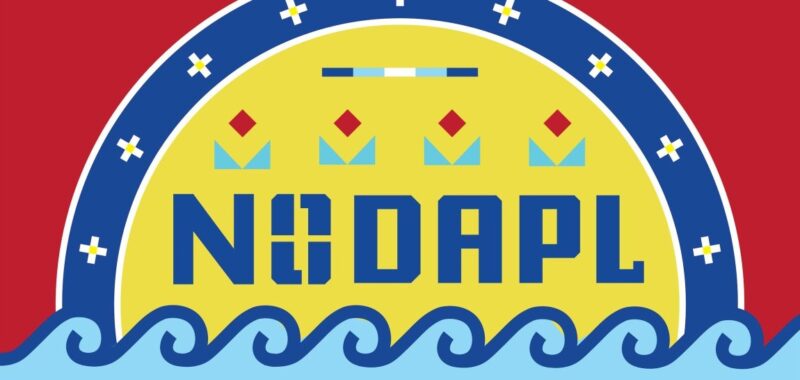Brian Johnson has an ear for graphics that sing, specifically, Indigenous graphics. The curator — a founder of the platform BIPOC Design History and creative director at design studio Polymode, and member of the Monacan Indian Nation — has spent years researching Indigenous design. Yet Johnson is not simply documenting a history that has been excluded from the design world, although that’s no small contribution to art history. He is decolonizing graphic design by speaking to the field’s racial biases. And he’s positing graphic design works as more than mere visual objects.
Starting from the understanding that we imbue graphic arts with energy and spirit — a concept that resonates with many Indigenous belief systems and arts practitioners — Johnson examines the multiplicity of Indigenous design, dispelling any notions of a homogenous style, as well as how a graphic work “sings the message we impress upon it,” as he writes.
In his essays, exhibition, and conversation with Hyperallergic Editor-in-Chief Hrag Vartanian Johnson has generously shared the insights gleaned from his research, drawing attention to the depth and breadth of Indigenous graphic arts and highlighting such artists as the collective New Red Order and the multitalented designer, writer, actor, and activist Ryan RedCorn. For Johnson, graphic arts are a language of Indigenous sovereignty and joy.





